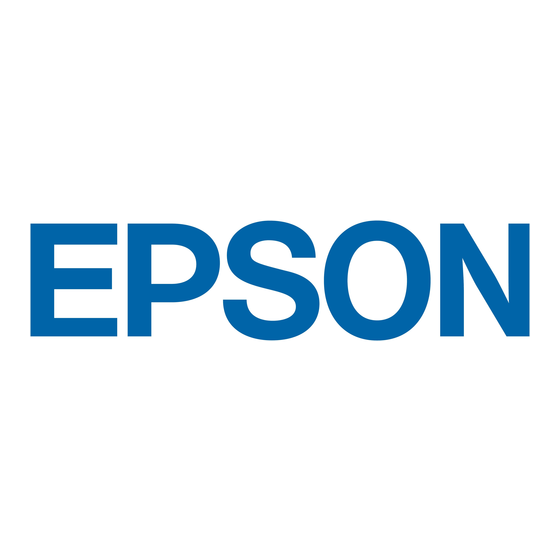- ページ 4
ソフトウェア Epson CX5200 - Stylus Color InkjetのPDF ユーザーマニュアルをオンラインで閲覧またはダウンロードできます。Epson CX5200 - Stylus Color Inkjet 12 ページ。 Product support bulletin(s)
Epson CX5200 - Stylus Color Inkjet にも: 仕様 (2 ページ), 製品情報シート (4 ページ), ソフトウェアのインストール (20 ページ), スタート・ヒア・マニュアル (8 ページ), スタート・ヒア・マニュアル (9 ページ), マニュアル (11 ページ), 更新 (1 ページ), 製品サポート速報 (40 ページ), 製品サポート速報 (17 ページ), 製品サポート速報 (4 ページ), 最初にお読みください (2 ページ), 製品サポート速報 (18 ページ)

